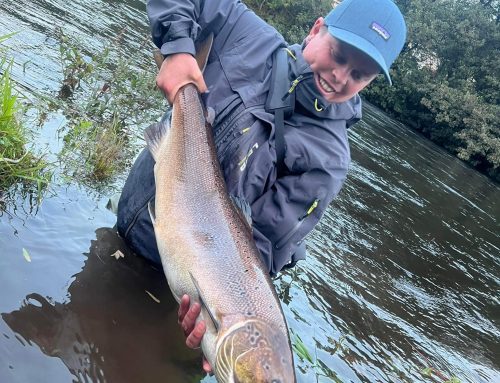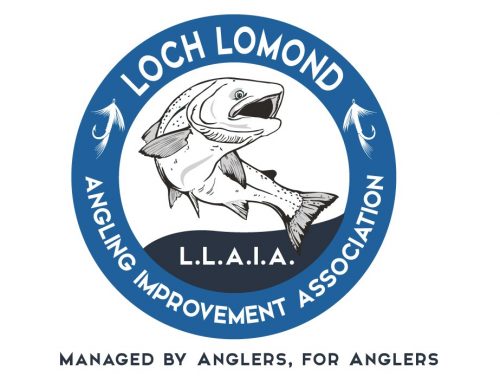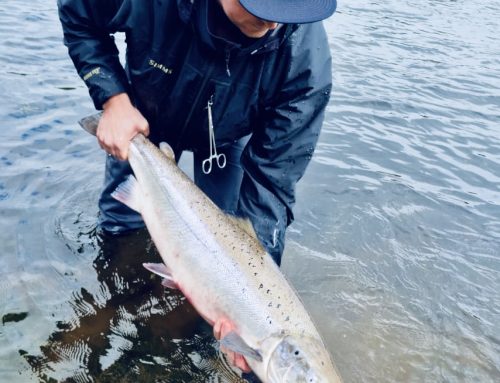In 2015 Ms Hannele Honkanen, a PhD student of the University of Glasgow based at Scottish Centre for the Environment (SCENE) undertook a smolt tagging experiment supported by Scottish and Southern Energy, SEPA, the Loch Lomond Fisheries Trust and the Loch Lomond Angling Improvement Association. This work was very similar to the project described by Marnoch in his thread on the Deveron experiment.
The plan was to trap 60 smolts of a suitable size within the River Endrick, insert small transmitters within them and then monitor their progress through the Lomond system to the outer Clyde Estuary around Greenock. A similar study had been undertaken on the Foyle system in Ireland and it was found that smolt mortality at the time of insertion had been very low, thus giving good confidence in any results obtained.
Smolts would be tracked throughout the system using an array of receivers strategically placed on the River Endrick (4), Loch Lomond (8), River Leven (4) and the Clyde estuary (8). As each transmitter had a unique identifier tracking the smolts is a relatively simple process whereby the monitoring equipment records the individual smolt as it passes within range.
As we are all aware 2015 was a bit of an unusual year weather wise. High water and low temperatures throughout the spring period really interfered with the smolt trapping operation and by the time that we were able to actively deploy the smolt trap without a risk of it being washed into Loch Lomond most of the Endrick smolts had run. However, towards the end of May 10 smolts of the requisite size were eventually caught, tagged and released to continue their migration.
The smolts once released on the Endrick quickly made their way downstream and 9 out of the 10 made it to the first monitoring point. Only 7 smolts made it as far as receiver numbers 2 and 3 and only 5 made it to the mouth of the Endrick. Smolt migration from point of capture to the mouth of the Endrick took on average just over 24 hours.
Only 4 smolts actually made it into the Loch and only 2 successfully made it into the River Leven, taking 6 and 11 days respectively. In comparison the smolts spent next to no time in the Leven, entering the estuary 146 and 158 minutes after moving through the barrage at Balloch.
None of the tagged Endrick smolts made it past the array in the outer Estuary.
Given there were tags still to be used it was decided to catch smolts in the Leven and see how they fared. Nine smolts were caught by fly fishing on the Leven in late May and were transported to the Loch. Of these fish only 4 made it back into the Leven and migrated downstream at a considerably slower rate than the Endrick smolts (average of around 3 days.
Again no smolts were lost in the Leven all entering the estuary, however, only one smolt made it past the monitoring array in the lower estuary.
Predation rates are in the following ranges:
Endrick Loch Lomond Leven Estuary
Endrick (10 smolts) 6 (60%) 2 (50%) 0 2 (100%)
Leven (9 smolts) n/a 5 ((55%) 0 3 (75%)
Therefore from 19 tag smolts only one made it as far as the open sea (95% losses). In the Foyle experiment extremely high smolt predation was also found before these smolts made it to the open sea (85% +). The results from both studies would tend to indicate that while we have problems at sea the real answer may lie far closer to home.
The full paper on the Lomond smolt tracking experiment, which includes details of work done around the tracking of estuary sea trout will be published later in the year and once ready will be hosted on this site.
LLAIA Committee




